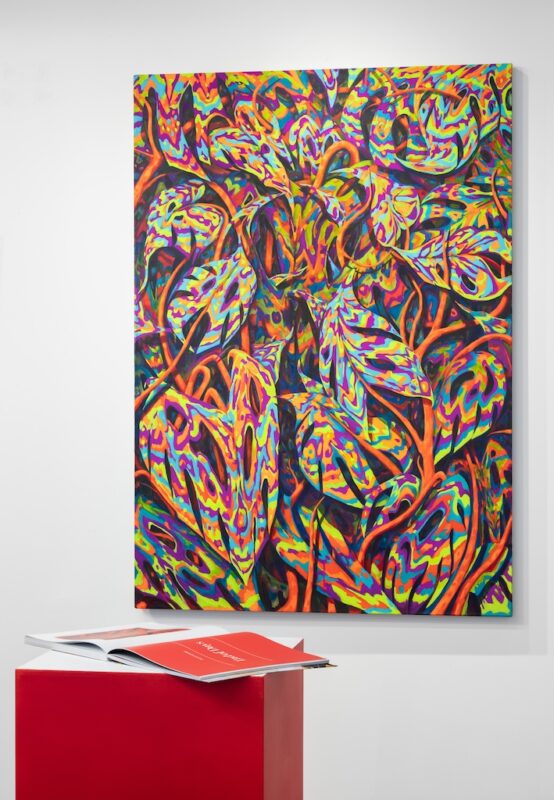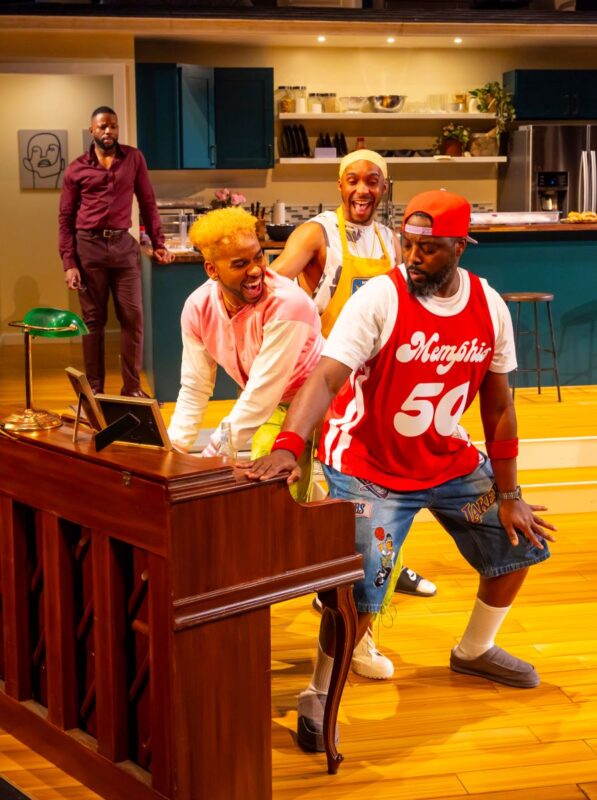 William Eggleston: Democratic Camera, Photographs and Video, 1961–2008
William Eggleston: Democratic Camera, Photographs and Video, 1961–2008
June 20–September 20, 2009
William Eggleston: Democratic Camera, Photographs and Video, 1961–2008 presents a retrospective of images by William Eggleston, who pioneered a new era in color photography with his extraordinary pictures of familiar, everyday subjects. Organized by the Whitney Museum of American Art, New York, in association with Haus der Kunst in Munich, the exhibition brings together 150 photographs, made over five decades, by this groundbreaking artist. It includes Eggleston’s early, little-known black-and-white work, his rarely seen video Stranded in Canton, and color photographs from various bodies of work, including Troubled Waters, Graceland, Los Alamos, and Election Eve, among others. The exhibition features a selection of images from his landmark solo exhibition in 1976 at the Museum of Modern Art, widely regarded as one of the most influential photography shows of its time. William Eggleston: Democratic Camera is co-curated by Elisabeth Sussman, curator and Sondra Gilman Curator of Photography at the Whitney Museum of American Art, and Thomas Weski, former deputy director of Haus der Kunst in Munich, Germany, now professor of the study of curatorial cultures at the Academy of Visual Arts, Leipzig.
 When Eggleston’s color photographs were shown publicly in the 1970s, they ruptured public understanding of the medium, long-dominated by black-and-white imagery. Though by no means the first art photographer to work with color film, Eggleston distinguished himself by treating color as a means of discovery and expression, and as a way to highlight aspects of life hidden in plain sight. In his photographs, figures, places, and objects that might otherwise be disregarded as commonplace or unremarkable—such as an airplane tray table, an overstocked freezer, or a parking lot—are dominant. With a democratic and open-minded approach, he has consistently photographed daily life as though collecting fragments from his experiences. Inspired by the simplicity of snapshots and complexity of saturated colors found everywhere within his personal environment, Eggleston’s quiet, thoughtful images have profoundly impacted subsequent generations of photographers, filmmakers, and scholars.
When Eggleston’s color photographs were shown publicly in the 1970s, they ruptured public understanding of the medium, long-dominated by black-and-white imagery. Though by no means the first art photographer to work with color film, Eggleston distinguished himself by treating color as a means of discovery and expression, and as a way to highlight aspects of life hidden in plain sight. In his photographs, figures, places, and objects that might otherwise be disregarded as commonplace or unremarkable—such as an airplane tray table, an overstocked freezer, or a parking lot—are dominant. With a democratic and open-minded approach, he has consistently photographed daily life as though collecting fragments from his experiences. Inspired by the simplicity of snapshots and complexity of saturated colors found everywhere within his personal environment, Eggleston’s quiet, thoughtful images have profoundly impacted subsequent generations of photographers, filmmakers, and scholars.
 Biography of the artist
Biography of the artist
Born in 1939 in Memphis, Tennessee, and raised on his family’s cotton plantation in Mississippi, Eggleston held a more casual interest in photography until 1959, when he came across photo books by Henri Cartier-Bresson and Walker Evans. Among his earliest pictures, made during stints at universities in Tennessee and Mississippi, were black-and-white scenes found in his native South, as well as portraits of friends and family members. In the late 1960s, he began experimenting with color transparency film, producing rich, vivid prints through the dye transfer process. Eager to show his work to a broader audience, Eggleston traveled to New York with a suitcase of slides and prints to meet with MoMA curator John Szarkowski. This visit eventually yielded a controversial but revolutionary exhibition in 1976—MoMA’s first solo show to feature color photographs—and a classic accompanying book, William Eggleston’s Guide.
Still a resident of Memphis, Eggleston is a prolific recorder of his birthplace, the Mississippi Delta and throughout the American South, and has photographed extensively all over the world. His stunning black-and-white video Stranded in Canton, much of it shot late at night in bars and on the streets, shows a hidden Southern subculture in a series of soliloquies and arguments. Commissioned projects have taken Eggleston to Georgia, where he photographed future president Jimmy Carter’s hometown prior to his election in 1976, to Elvis Presley’s home at Graceland in Memphis, where he recorded the strangeness of its opulent interiors, and to Louisiana, where he documented its residents and derelict plantation houses. Collectively, his images of the South form an iconic, elegant portrait of the region. As recognition for his work increased over time, Eggleston has traveled further afield to photograph in such countries as Germany, Japan, Mexico, South Africa, England, and China. Among his many books are William Eggleston’s Guide (1976), The Democratic Forest (1989), Ancient and Modern (1992), and Spirit of Dunkerque (2008). His work has been exhibited at and collected by museums worldwide.
This exhibition was organized by the Whitney Museum of American Art, New York, in association with Haus der Kunst, Munich.



